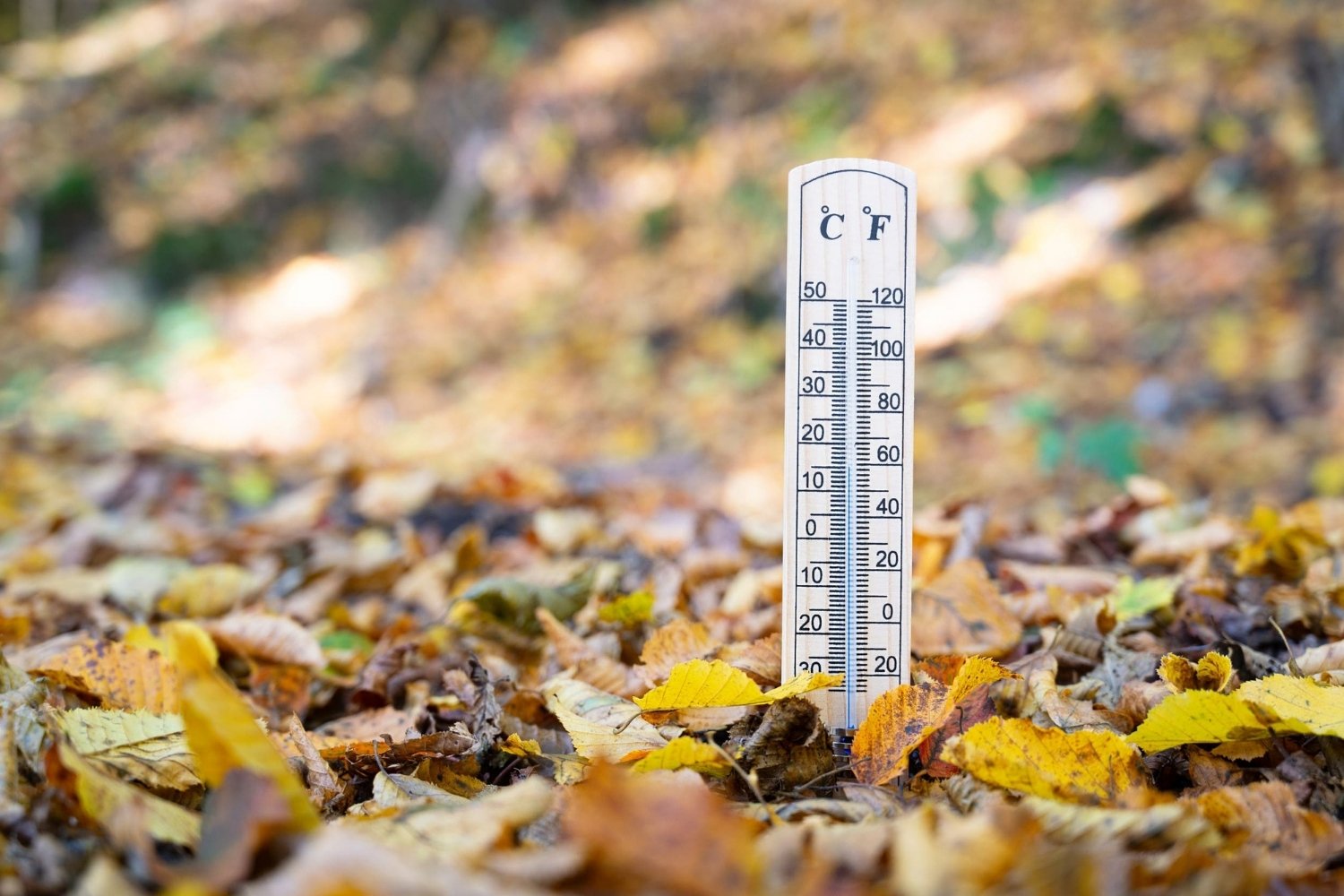
What exactly is a freeze warning? A freeze warning is an alert issued by weather services when temperatures are expected to drop below freezing, posing a risk to plants, crops, and unprotected outdoor plumbing. These warnings are crucial for farmers, gardeners, and homeowners to take preventive measures. Freeze warnings typically occur during the growing season when sudden temperature drops can cause significant damage. Knowing when a freeze warning is issued helps protect your garden, pipes, and even pets. Understanding the importance of these alerts can save you from unexpected losses and ensure your outdoor environment remains safe and thriving.
What is a Freeze Warning?
A freeze warning is issued when temperatures are expected to drop below freezing, posing a threat to plants, animals, and even infrastructure. These warnings are crucial for farmers, gardeners, and anyone with outdoor plants or pets.
- Issued by the National Weather Service: The National Weather Service (NWS) is responsible for issuing freeze warnings in the United States.
- Temperature Thresholds: Typically, a freeze warning is issued when temperatures are expected to fall below 32°F (0°C) for several hours.
- Seasonal Occurrence: Freeze warnings are most common in the fall and spring when temperatures can fluctuate dramatically.
- Geographical Variability: The criteria for a freeze warning can vary depending on the region. For example, what constitutes a freeze warning in Florida might differ from one in Minnesota.
Why are Freeze Warnings Important?
Freeze warnings serve as a critical alert for various sectors, from agriculture to public safety. Understanding their importance can help mitigate potential damage.
- Protecting Crops: Farmers rely on freeze warnings to take preventive measures to protect their crops from frost damage.
- Gardening Precautions: Gardeners use these warnings to cover sensitive plants or bring potted plants indoors.
- Animal Safety: Pet owners are alerted to bring pets indoors to prevent hypothermia.
- Infrastructure Concerns: Freeze warnings can also alert municipalities to prepare for potential issues like frozen pipes.
How to Prepare for a Freeze Warning
Preparation can make a significant difference in minimizing the impact of a freeze warning. Here are some steps to take when a freeze warning is issued.
- Cover Plants: Use blankets, sheets, or specialized frost covers to protect plants.
- Water Plants: Moist soil retains heat better than dry soil, so watering plants can help protect them.
- Bring Potted Plants Indoors: Move potted plants inside to shield them from the cold.
- Insulate Pipes: Wrap exposed pipes with insulation to prevent them from freezing and bursting.
- Check on Pets: Ensure pets have a warm place to stay indoors.
Historical Freeze Warnings
Freeze warnings have been a part of weather forecasting for decades. Some historical events highlight their significance.
- The Great Freeze of 1899: This historic freeze affected much of the United States, causing widespread crop damage and even freezing parts of the Mississippi River.
- Florida's Citrus Freeze of 1983: A severe freeze in Florida led to significant losses in the citrus industry, emphasizing the importance of freeze warnings.
- Texas Freeze of 2021: A recent example, this freeze caused widespread power outages and infrastructure damage, highlighting the need for preparedness.
Impact on Agriculture
Agriculture is one of the sectors most affected by freeze warnings. The implications can be far-reaching and costly.
- Crop Losses: Freeze warnings help farmers take action to prevent devastating crop losses.
- Economic Impact: The agricultural sector can suffer significant financial losses due to freeze damage.
- Insurance Claims: Farmers often rely on crop insurance to mitigate the financial impact of freeze damage.
- Innovative Solutions: Advances in technology, like frost protection systems, help farmers better prepare for freeze warnings.
Technological Advances in Freeze Warnings
Technology has significantly improved the accuracy and effectiveness of freeze warnings. These advancements help communities better prepare and respond.
- Improved Forecasting Models: Modern weather forecasting models provide more accurate and timely freeze warnings.
- Mobile Alerts: Many people receive freeze warnings directly on their smartphones, allowing for quicker response times.
- Smart Agriculture: IoT devices and sensors help farmers monitor conditions in real-time and take immediate action.
- Community Alerts: Local governments use various platforms to disseminate freeze warnings to the public quickly.
Fun Facts about Freeze Warnings
Freeze warnings might seem all about doom and gloom, but there are some interesting tidbits worth knowing.
- Frost Flowers: When temperatures drop suddenly, frost flowers can form on plants, creating beautiful, delicate ice formations.
Freeze Warnings: What You Need to Know
Freeze warnings are more than just weather alerts. They play a crucial role in protecting crops, pipes, and even your health. When temperatures drop below freezing, plants can suffer damage, and unprotected pipes can burst, leading to costly repairs. Knowing how to prepare for a freeze warning can save you time, money, and stress.
Covering plants, insulating pipes, and keeping an eye on the weather forecast are simple steps that can make a big difference. Remember, freeze warnings aren't just for farmers or gardeners; they affect everyone. By staying informed and taking action, you can minimize the impact of freezing temperatures on your daily life.
So, next time you hear about a freeze warning, you'll know exactly what to do. Stay safe, stay warm, and keep those pipes and plants protected!
Was this page helpful?
Our commitment to delivering trustworthy and engaging content is at the heart of what we do. Each fact on our site is contributed by real users like you, bringing a wealth of diverse insights and information. To ensure the highest standards of accuracy and reliability, our dedicated editors meticulously review each submission. This process guarantees that the facts we share are not only fascinating but also credible. Trust in our commitment to quality and authenticity as you explore and learn with us.
